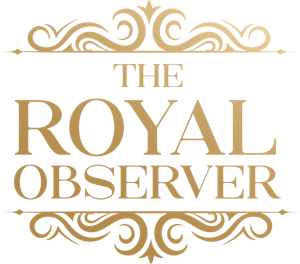Royal Customs and Formalities: An Inside Look at Some of the British Monarchy's Annual Traditions

King Charles III and his royal family in December 2023.
Breaches of royal protocol aren't common, but when they do occur — such as when a woman wrapped the late Queen Elizabeth II in an impromptu bear hug during her visit to Washington, D.C., in 1991 — the royals handle it with aplomb. "Very little offends the queen," Elizabeth II's former Press Secretary Dickie Arbiter once said before adding, "She's been around too long for that."
Still, as royal expert Richard Fitzwilliams notes, "the mystique of the monarchy is linked to ritual."
The royal family maintains its national position and global popularity in large part through its legendary devotion to the many colorful and sometimes quirky traditions explained here.
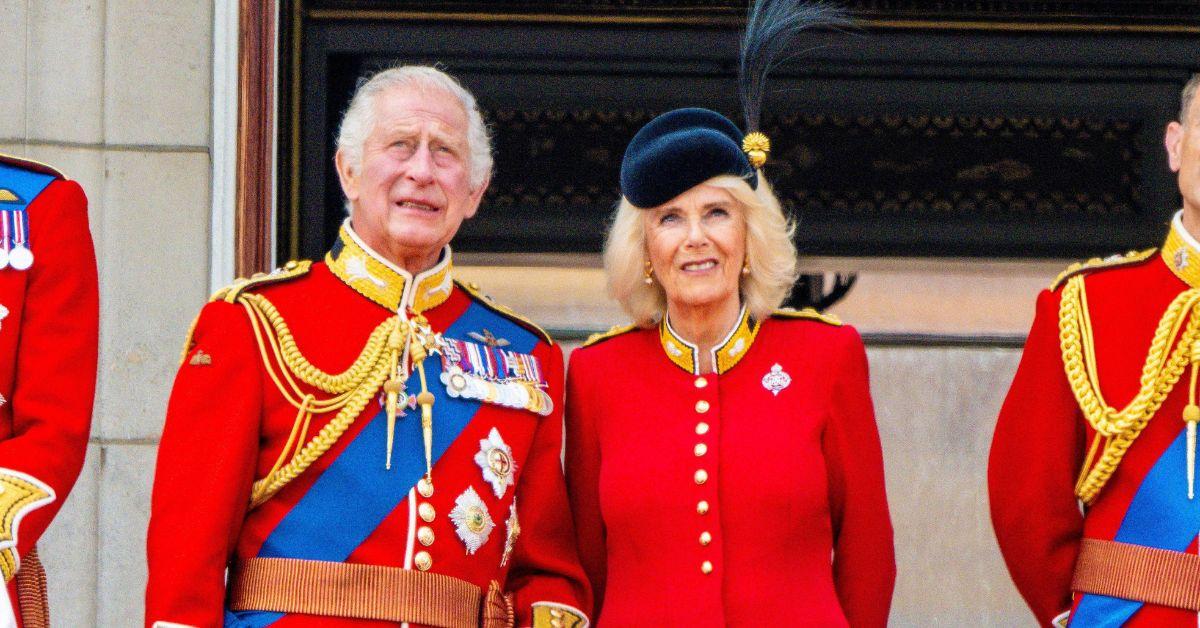
King Charles III and Queen Camilla during the first Trooping the Color ceremony of the King's reign in June 2023.
One of the many benefits of being a royal: having two birthday parties every year! Although he was born on November 14, King Charles III, like monarchs before him, celebrates his "official" birthday on a Saturday in June with the Trooping the Colour parade. The tradition dates back to 1748 when King George II feared it would be too cold for a parade on his November birthday, so he decided to combine it with an annual June march before his loyal subjects. Ever since the reigning monarch has opted to do the same.
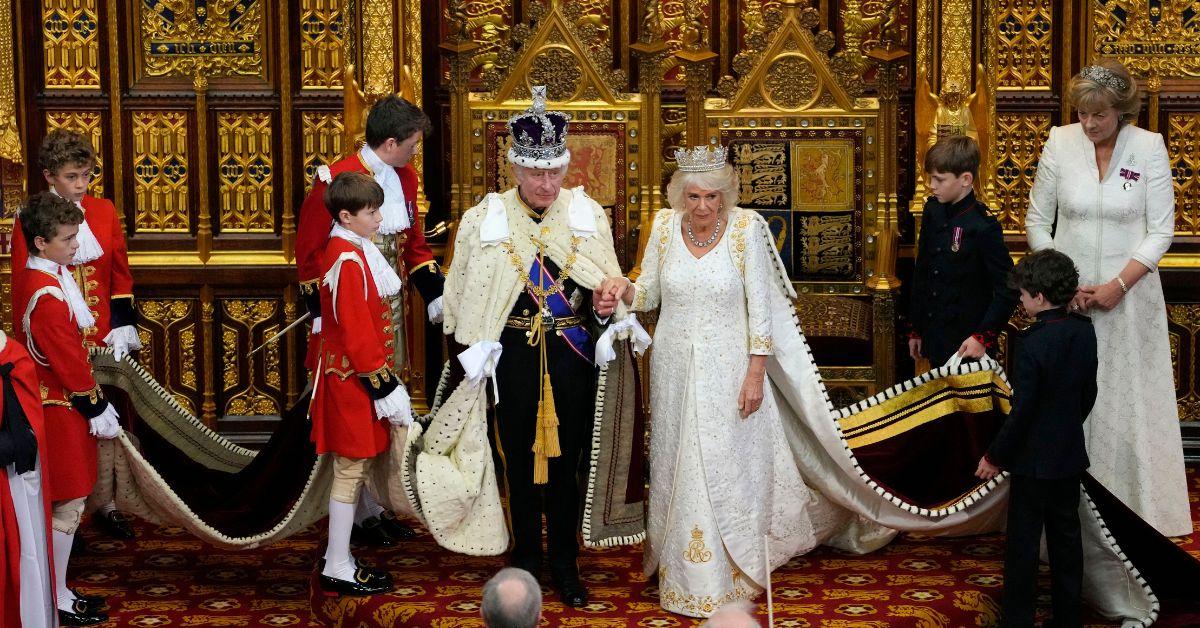
King Charles III and Queen Camilla at His Majesty's first State Opening of Parliament as monarch on November 7, 2023.
The centerpiece of the royal calendar, the State Opening of Parliament kicks off the parliamentary year, usually in October or November. In a fun, Clue-like twist, as the king arrives at the Palace of Westminster in a carriage escorted by the Household Cavalry, the royal household takes a member of Parliament as a "hostage" to ensure his safe return. The practice dates to the reign of his namesake, King Charles I, who was beheaded in 1649 during hostilities between the monarchy and Parliament. These days, the symbolic abductee is entertained at Buckingham Palace and released after the ceremony.
Each November 11, royals lay wreaths at the Cenotaph, in Whitehall, a memorial to veterans who've died in British wars. Custom dictates that the wreath-layer walk up three steps to the monument, then return backward down the three steps. In 2017, the late Queen turned the tricky duty over to her son, the then-Prince Charles.
"There was a little bit of a stumble [in 2016]. At age 91, you are going to err on the side of caution," Arbiter shared.
2023 marked the second annual Remembrance Day service of Charles III’s reign.
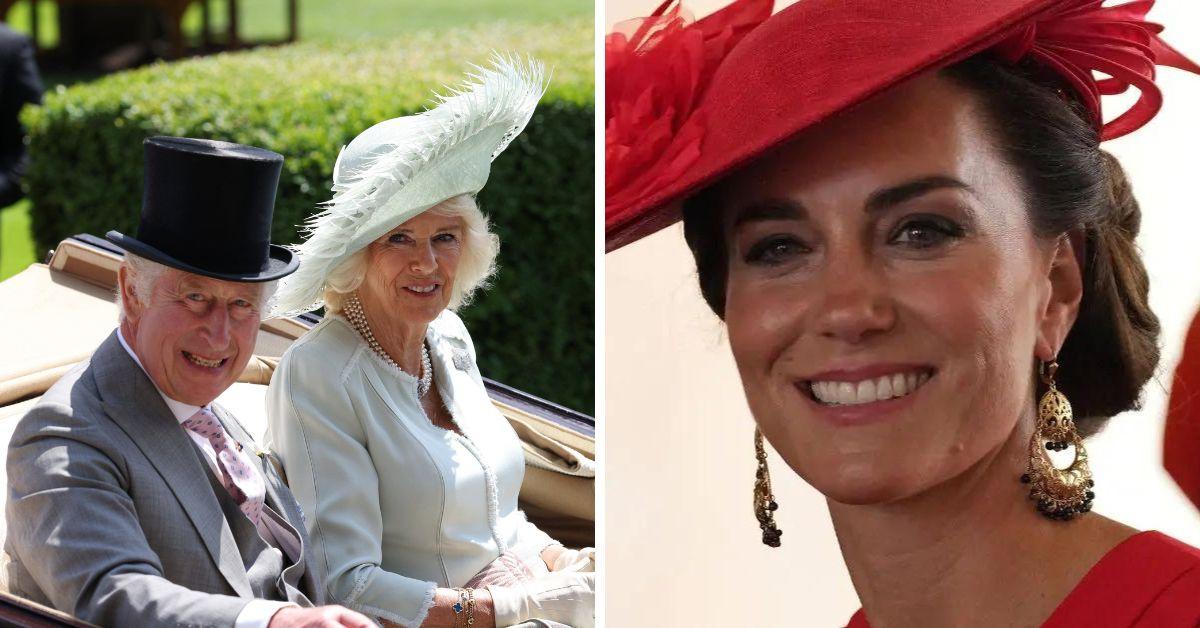
King Charles III, Queen Camilla and Catherine, Princess of Wales at Royal Ascot 2023.
It's off to the races! Founded in 1711 by Queen Anne, Ascot Racecourse draws huge crowds each summer, especially for the Royal Ascot, a week's worth of races in June that mark one of the highlights of the British social calendar. No monarch enjoyed the tradition perhaps as much as Elizabeth II, who owned and bred horses most of her life. In fact, when her horse took the Gold Cup event in 2013, she became the first reigning monarch to win in the history of the race, and reportedly wept tears of joy at the feat!
As part of a ritual likely dating to the 13th century, three days before Easter, on Maundy Thursday (Holy Thursday), the King passes out specially minted sets of coins to elderly citizens. Representing alms for the poor, "Maundy money" is considered a prized keepsake. The number of recipients corresponds to a monarch's age, which for Charles III this past spring, was 74.
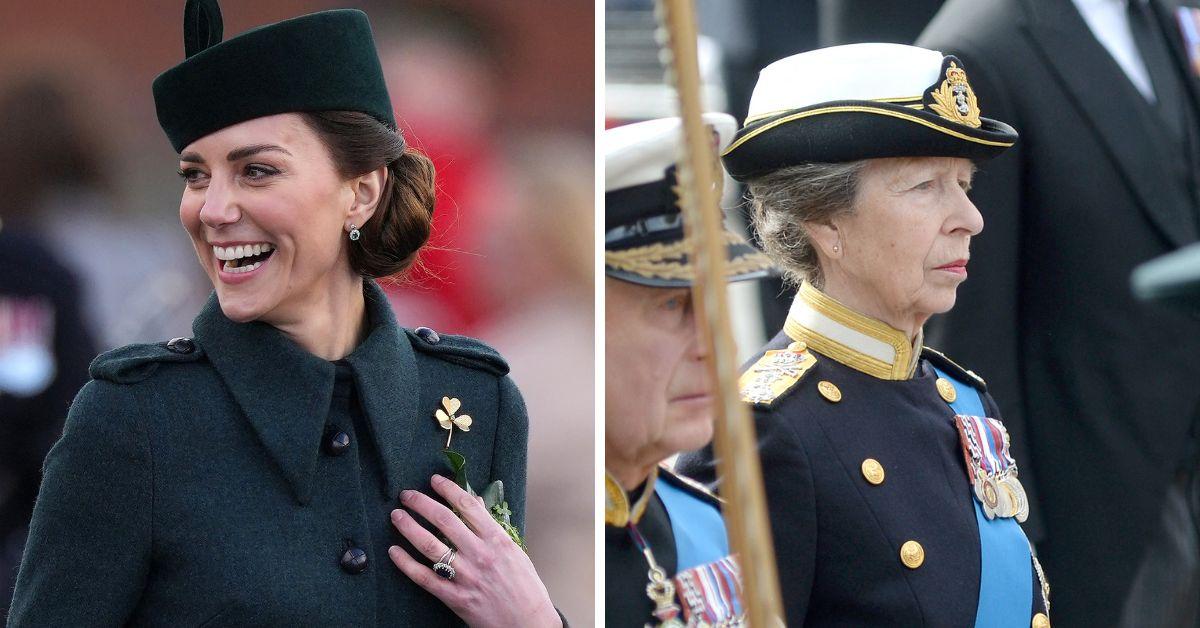
Princess Anne gave the annual St Patrick's Day shamrock ceremony to Kate, the then-Duchess of Cambridge, in 2012.
Calling all the royal ladies! Continuing a practice that began in 1901, a female member of the royal family visits the 1st Battalion Irish Guards at the St Patrick's Day Parade to present sprigs of shamrock to the officers and guardsmen. Kate, Princess of Wales took over the tradition from Princess Anne in 2012, but the duchess ruffled some feathers when she had her husband, Prince William, fill in for her at the 2016 event. Guess you shouldn't send a man to do a woman's job!
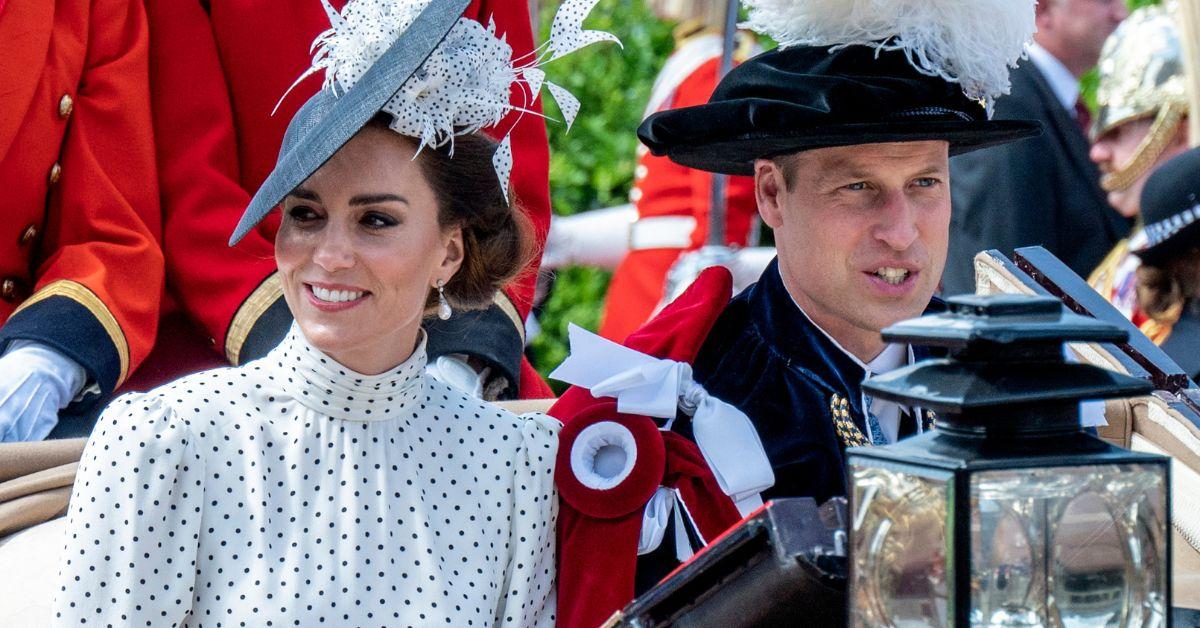
The Prince and Princess of Wales in a carriage procession after the Order of the Garter ceremony on June 19, 2023.
Who says chivalry is dead? During his medieval reign, King Edward III was so inspired by tales of King Arthur and the Knights of the Round Table that he set up his own group of distinguished knights: the Order of the Garter. Today, the order remains the most exclusive in Britain and includes the King, Queen Camilla, several senior members of the royal family and 24 knights (male and female) who've been chosen for their outstanding public service.

King Charles III and Queen Camilla on the Sandringham estate — Christmas Day, 2022.
A mix of formal events and family gatherings, the holidays signal a jam-packed schedule for the royals. The festivities kick off on Christmas Eve at Sandringham. Guests arrive in the afternoon and join King Charles III and Queen Camilla for tea and snacks in the White Drawing Room. That evening, the family exchange presents; just don't expect anyone to be unwrapping the crown jewels — it's been reported that the regal family favors silly gag gifts.
Following church on Christmas morning, the royals return home for pre-lunch drinks followed by a large Christmas meal. Some reports suggest that the King will be staging this year's family luncheon in Sandringham's Grand Ballroom as opposed to the estate's dining room of years past.
In another possible break with the late Queen's historic reign, Charles III reportedly makes it optional for invited guests who wish to gather and watch his Christmas message to the nation at 3 PM. That evening, it's movie night, with puzzles and games, in the ballroom.
Royals — they're almost like us!
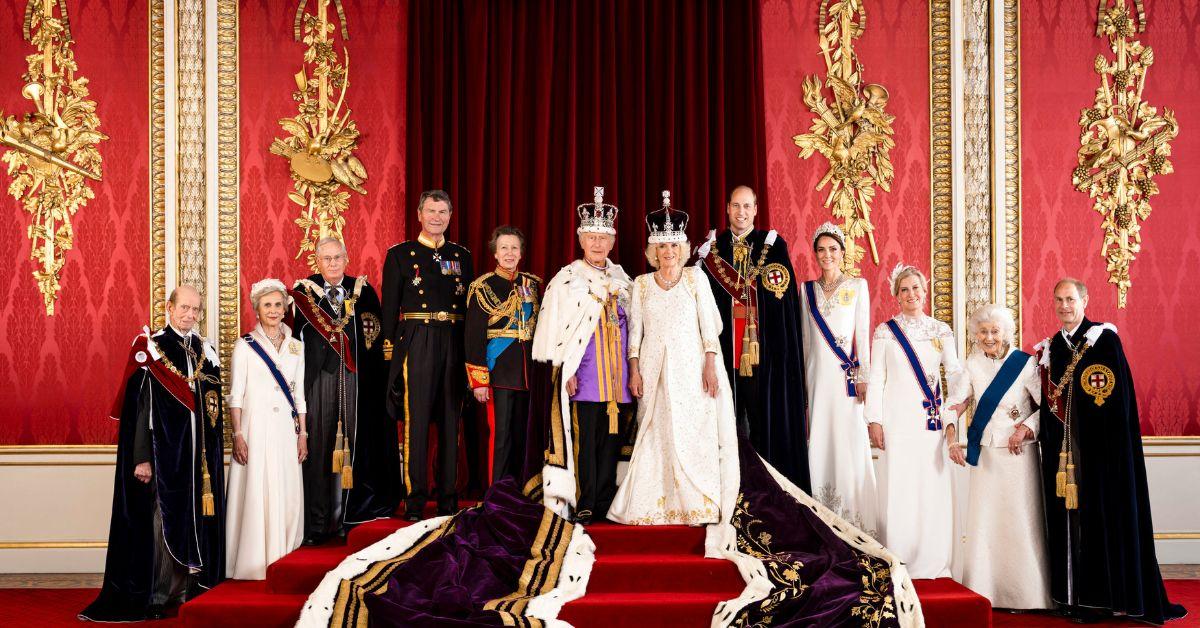
Members of the British royal family gather around the newly crowned King Charles III and Queen Camilla on Coronation Day, 2023.
Powered by RedCircle
